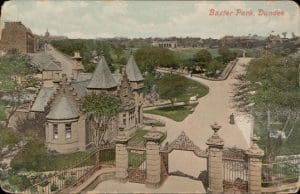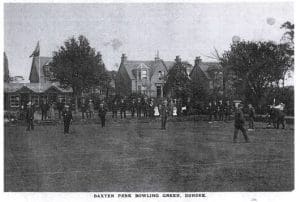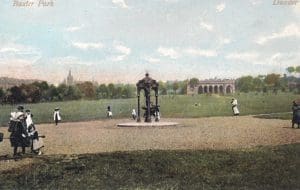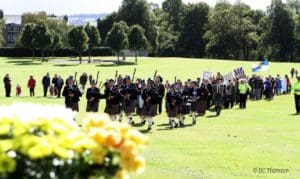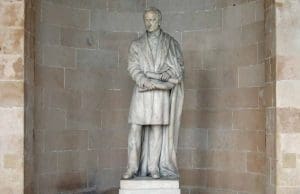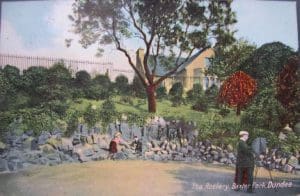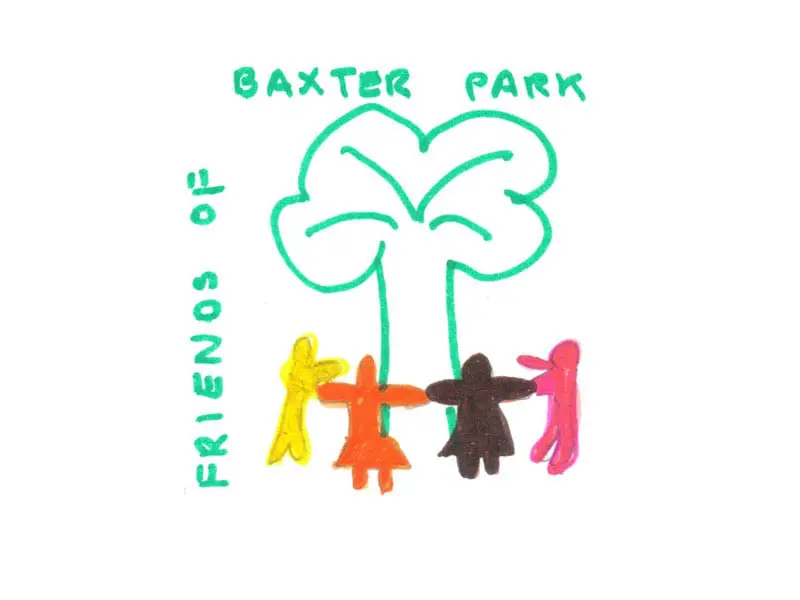Can you solve the clues and find your way around the history of Baxter Park?
Baxter Park was funded in the 1860s by jute manufacturer David Baxter and his sisters, Mary-Ann and Eleanor.
It is the only complete park in Scotland to be designed by Sir Joseph Paxton, who was the country’s most famous landscape designer. Baxter saw it as the People’s Park, and the title deed that gave it to Dundee states he had ‘resolved to present to the Inhabitants of Dundee a public park in the immediate vicinity of the town, with the view of affording to the working population the means of relaxation and enjoyment after their hard labour and honest industry.’
Download the BBG Quiz Trail 2022
Clue 1: What ‘hung’ around for years, was sent away, then returned when the Park was re-opened?
(Tip: start at the Arbroath Road)


